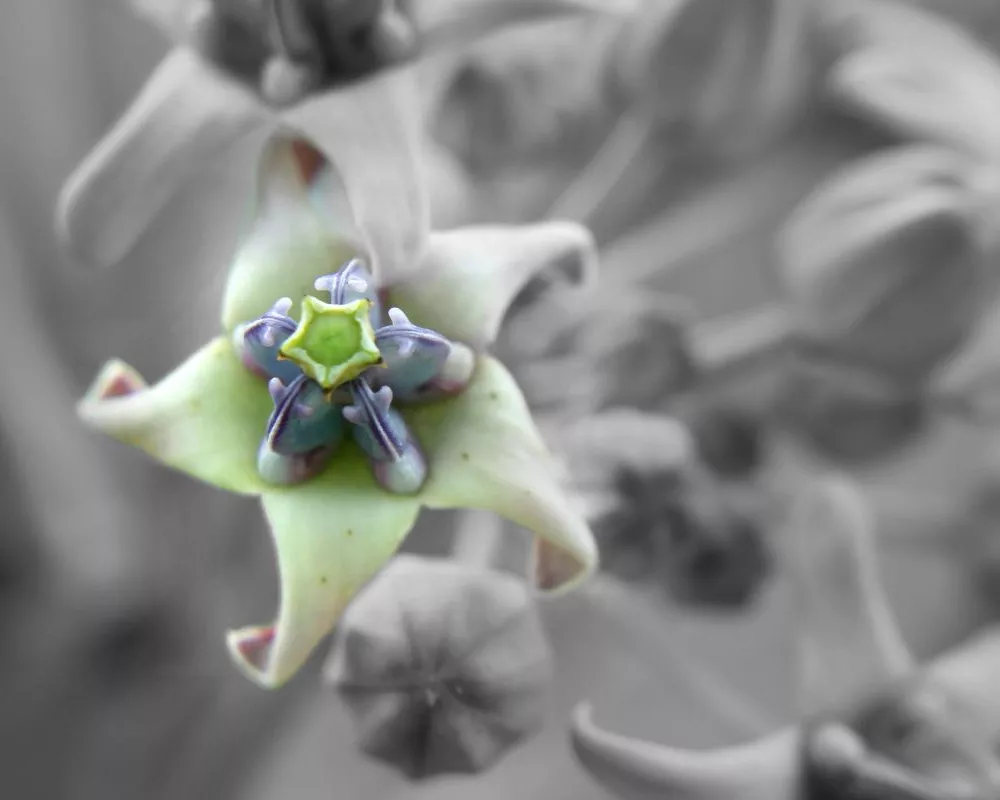Exploring Calotropis gigantea’s potential as a cost-effective ameliorant in clay pit rehabilitation

Natural succession is known to be the most cost-effective way of habitat restoration in the tropics. However, disturbed ecosystems with adverse soil conditions, such as clay quarries, necessitate intervention in the form of soil amelioration. To overcome this problem in the reclaimed Hambalang clay quarry, we will explore the potential of the giant milkweed Calotropis gigantea as a soil ameliorant. This native ruderal weed, which grows ubiquitously in Hambalang quarry’s barren areas, is known for its ability to tolerate a wide array of environmental conditions, its role in heavy metal phytoremediation and as a pollinator attractant, as well as its economic value as a source of biofuel, traditional medicine, and natural fiber. It also has potential in safe-site creation, enhancing germination and facilitating the reintroduction of native flora species for an accelerated natural succession. We will investigate the characteristics of C. gigantea’s growing environment in post-mined plots by examining mycorrhizal association with its roots, the presence of soil mesofauna, soil physicochemical properties, and heavy metal content in its tissue. The findings will guide the implementation of a cost-effective reclamation of Hambalang clay quarry, promote Indocement as an innovative rehabilitator of biodiversity, engage the local community by showing the economic and societal benefits of biodiversity, and contribute to the scientific community.



